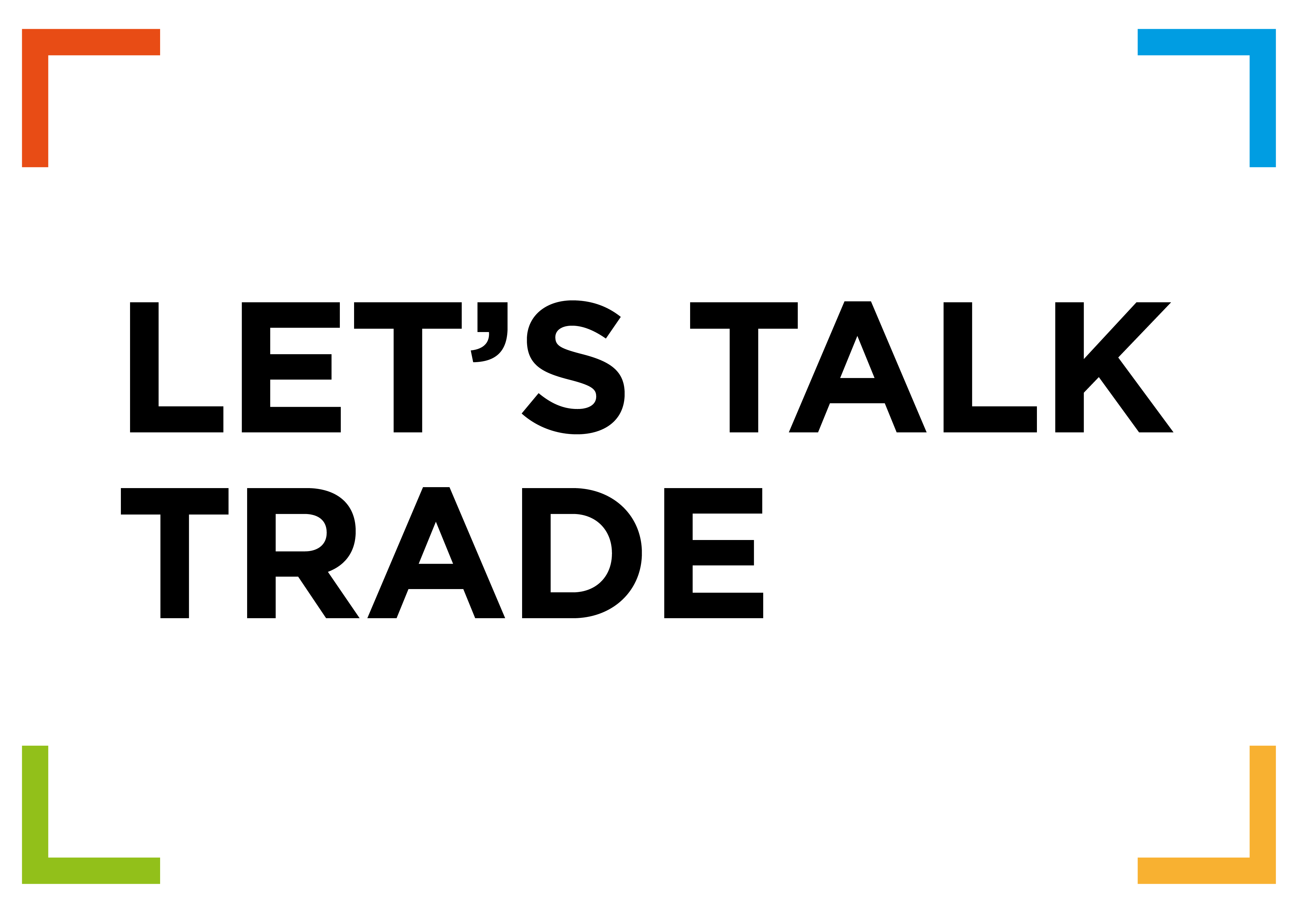LET’S TALK TRADE
Video
> Download (right-click and select “Save as” to download and view offline) Quality: > help
If you want to go deeper on the topic of schedules of concessions, here are a few additional explanations.
WTO schedules form the backbone of the multilateral trading system. They are an important WTO tool to ensure transparency, stability and predictability of world trade.
Schedules are the result of negotiations among WTO members. Most schedules were established during the Uruguay Round in 1994; others have resulted from accessions to the WTO. They reflect commitments and obligations of a WTO member toward the other members.
Schedules comprise maximum tariffs that can be applied by a member for a particular product. They also stipulate other non-tariff concessions.
Every WTO member has to have one schedule on goods and one schedule on services.
There are currently approximately 130 schedules even though there are more than 160 WTO members. The European Union has a single schedule for all its member states.
Goods schedules constantly change due to modifications and rectifications. So far, there have been more than 600 changes. The rules for modifying and rectifying a schedule, the so-called “1980 Procedures”, are straightforward: a member submits the planned update to all WTO members who have three months to review the proposed changes. In the absence of any objections, the Director-General “certifies” the change. More than 97% of such procedures have been successfully concluded.
Jargon buster
Schedule of concessions A schedule of concessions is a legal instrument, part of the WTO Agreement, that describes the treatment that a WTO member has promised to provide to the trade of the other WTO members.
Tariff A tariff or customs duty is a tax that has to be paid when a good is imported into a country.
Bound tariff The maximum duty that a WTO member has promised not to exceed on the importation of a good from another WTO member.
Applied tariff or MFN (most-favoured-nation) tariff The tariff that a country actually charges on imports of goods from other WTO members. This tariff can be lower than the bound tariff. It does not discriminate between trading partners and is offered to all other WTO members on a most-favoured-nation basis.
More information
- Gateway to information on goods schedules: Goods schedules — Members´ commitments
- A very brief introduction to schedules: What is a WTO schedule? Why do schedules change?
- If you want to check WTO members’ customs duty rates and tariff statistics, this is the place to go: Get tariff data — online
- An overview of the rectifications, modifications and renegotiations of the goods schedules of all WTO members: Current Situation of Schedules of WTO Members
More about chocolate
The production of chocolate is a truly global affair: cocao beans are mainly sourced from growers in Africa, the Americas and Asia. The beans are exported to different countries around the world for processing (roasting, grounding and conching/mixing) and made into bars and other confectionery. The chocolate is consumed in the chocolate-producing countries and also exported.
Even though many of us have our own ideas about where the best chocolate comes from, we are not suggesting that any specific country makes the best chocolate in the world. Therefore, we are not in a position to offer you a version of the video with a definitive answer. But you can share your opinion!
Special thanks to…
our experts in this video:
- Roy Santana, Counsellor in the WTO Market Access Division
- Roberta Lascari, Economic Affairs Officer in the Market Access Division
to our hosts:
- Chocolats et Cacaos Favarger in Geneva for inviting us to their factory in Versoix-Switzerland
and to you. This video was produced by the WTO’s audio-visual unit for information purposes, and for dissemination as widely as possible. Please share and recommend this video and others in this series from our social networks, or download it from this page (instructions near the playback window).
Share

Problems viewing this page? If so, please contact [email protected] giving details of the operating system and web browser you are using.
